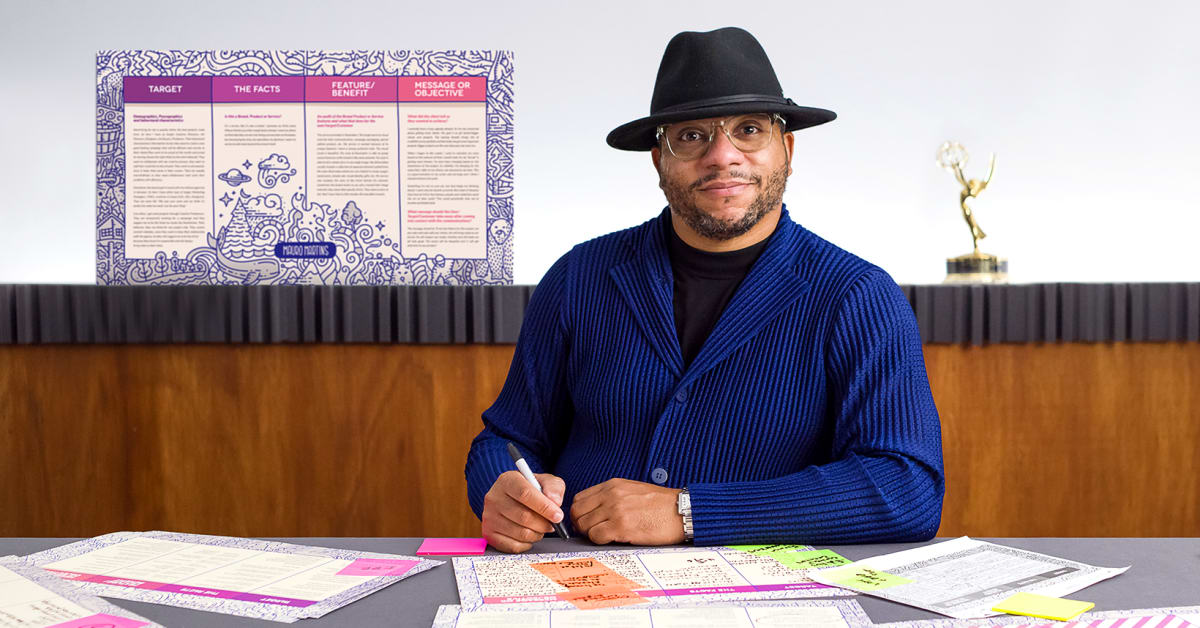Description
This course provides instruction as well as hands-on experience with the entire workflow of high-resolution tomography analysis. You will learn about data acquisition, 3D reconstruction, segmentation and meshing, and finally 3D data modelling to extract physical parameters describing mechanical and flow properties. The teaching and exercises will be conducted in close collaboration with top experts in the field. The exercises will require some basic programming skills and will be completed in a python environment.
Syllabus :
1. (A) Introduction to Advanced Tomography
- This modules introduces the course and the philosophy behind its structure
(B) What is tomography and what can it do for me?
- What is tomography
- X-ray imaging
- Resolution and length scales
- Discovering materials microstructure and function (Rajmund Mokso)
- Applications of ... (Rajmund Mokso)
(C) Introduction to Jupyter notebooks for data handling
- Handling data
- Introduction to Jupyter notes (Nicolai Riis)
- Using Jupyter notes beyond this course (Nicolai Riis)
(D) Where is the data coming from?
- Facilities
- Tomography experiments
- Maxlab 4 (Henning Friis)
- DTU Imaging Center (Henning Friis)
- Manchester Imaging Facility (Jakob Sauer Jørgensen)
(E) Description of the cases studied throughout the course
- Workflow
- Composite materials for wind turbines
- Chalk
- Fiber case (Lars Pilgaard Mikkelsen)
- Chalk (Henning Osholm)
2. (A) Tomographic reconstruction
- Introduction to tomography
- Understanding the origin of the sinogram
- Back-projection and filtered back-projection
- Fourier reconstruction
- Filtered back projection, part 2
- Iterative reconstruction
- X-ray tomography (Manuel Guizar-Sicairos)
- Tomographic reconstruction (Jakob Sauer Jørgensen)
- Tomography basics (Jakob Sauer Jørgensen)
- Radon transform (Jakob Sauer Jørgensen)
- Filtered back projection (Jakob Sauer Jørgensen)
- Summary of filtered back projection reconstruction (Jakob Sauer Jørgensen)
- Data corrections (Jakob Sauer Jørgensen)
- Software and summary (Jakob Sauer Jørgensen)
- Iterative reconstruction (Jakob Sauer Jørgensen)
- Regularization (Jakob Sauer Jørgensen)
(B) Imaging contrast
- Imaging contrast
- Amplitude and phase contrast
3. (A) Segmentation
- Introduction to segmentation
- Image and volume segmentation (Vedrana Andersen Dahl)
- Segmentation strategies (Vedrana Andersen Dahl)
- Segmentation exercise - Fibers (Vedrana Andersen Dahl)
- Segmentation exercise - Chalk (Vedrana Andersen Dahl)
(B) Computer resources
- Computer resources
- Efficient code
4. (A) Modelling physical parameters
- Simple modelling
- Introduction to finite element modelling
- Simple example of finite element modelling
- Summary of the cases
- Axial stiffness prediction of a fiber case (Lars Pilgaard Mikkelsen)
- Getting started with CALFEM for python (case 0)
- Tensile test of a rectangular material box (Case 1)
- One fiber in a matrix box (case 2)
- Multiple fibers in a matrix box (Case 3)
- Bundle structure in a matrix box (case 4)
(B) Closing session
- Short presentation of the instructors and in the Honors part work with other cases









